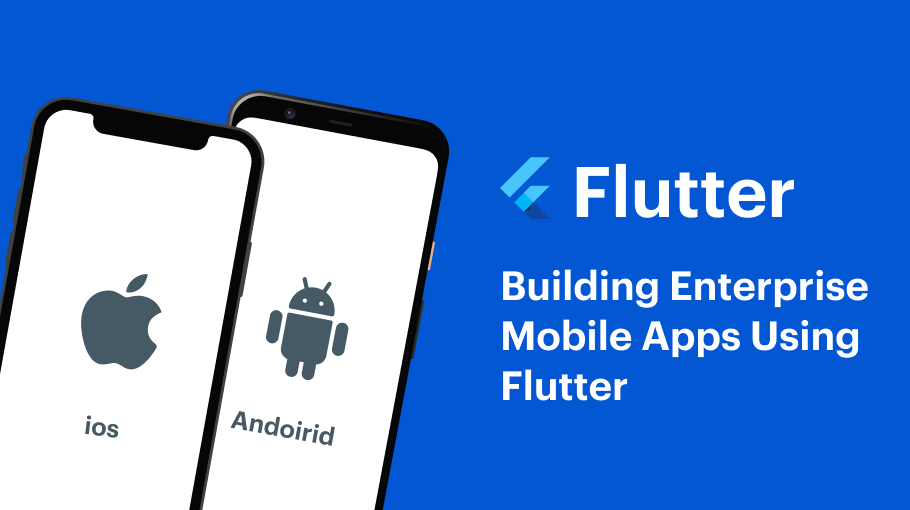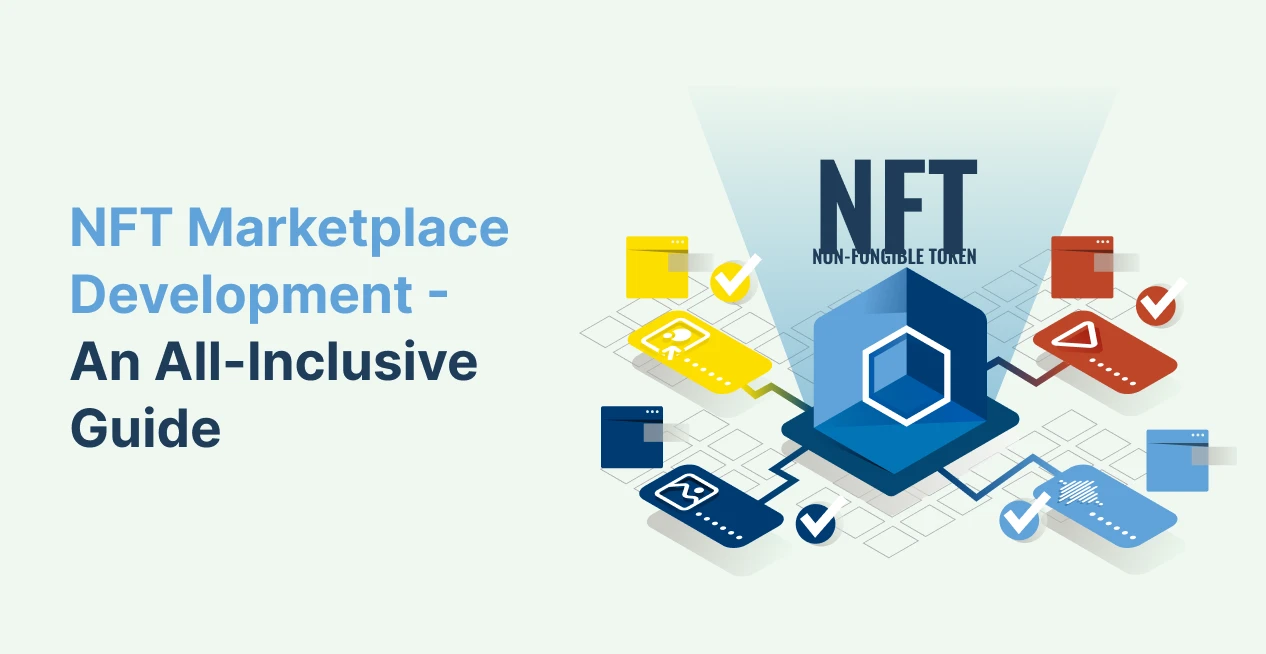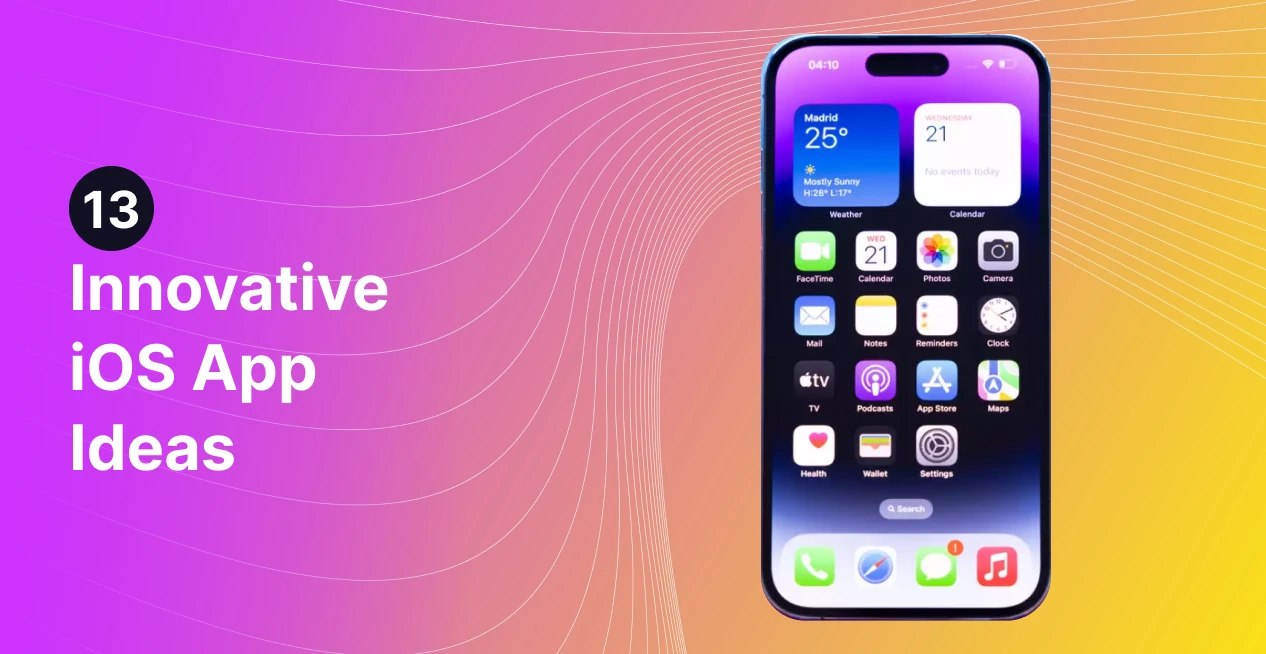Build Enterprise Mobile Apps Using Flutter: When we are exposed to so many technologies, each offering a unique solution, ease, or any other feature, we are enticed to be dragged to one of them for our personal choice. But once you learn about Flutter, there will be no second thought. Flutter offers high-performance and high-fidelity mobile application development from a single codebase for both Android and iOS platforms.
Flutter is developed in Google and after its release in December 2018, slowly companies are embracing it for mobile app development for their companies. Businesses looking for quick growth and high performance are choosing Flutter owing to its features open-source framework based on Dart programming language.
Enterprise Mobile Application Development
Enterprise mobile apps are the ones designed solely for the employees or workers of a certain company to co-ordinate or maintain a smooth workflow. With a demand for a lot of features and high security, mobile applications for enterprises need to be developed with a robust framework ensuring high performance.
Requirements of an Enterprise Mobile Application
Each enterprise has a different set of requirements and depending on that the expectations from the apps vary. Requirement of full-featured front-end and robust backend technologies varies from business to business. But when you are discussing mobile applications for enterprises in general, then these are the requirements that need to be met.
Layered Architecture
When a mobile application is developed for an enterprise, then the architecture has to be a layered one ensuring separation and security of each layer. Some of the major layers are, separate architecture for the developers to work on a project codebase concurrently, application features need to be customized depending on the user, documentation has to be on-point to ensure that the application design is not altered, etc.
Interactive UI
Mobile applications that are developed for enterprises should necessarily be equipped with the highest set of animations, widgets, etc. to ensure that the users can seamlessly operate the application. Each of the operations, starting from simpler functions such as profile view to page transitions and more complex functions should be well-designed so that the user is not left clueless about anything at any point in time.
Read This: Mindfulness and Meditation Applications we love and build at OpenXcell
Hardware Support
Out of the multiple users who are working for a said enterprise, each one has a different requirement of hardware and software. So, a mobile application that is developed specifically for the employees/users/workers of an enterprise needs to give all kinds of hardware and software support. Whether it is a camera, microphone, GPS, or any other hardware features. The mobile application should provide access to all the desired hardware without any error at the time of use.
Security
Security is the most important requirement for a mobile application for the enterprises, whether it is a small one or a giant company, if this aspect is compromised then the company will be doomed. The first thing that should be ensured is the highest level of authentication from a known provider such as Azure, Google, etc. Another thing is the security of data stored for ensuring that no information is leaked. Other than this, SSL, certificate pinning, code obfuscation, etc. need to be integrated to ensure a highly secure mobile application.
Role of Flutter in Building Enterprise Mobile Apps
Flutter is well-versed and known for developing applications that yield high performance. With the increasing popularity of Flutter, people are now starting to explore it for developing mobile applications for enterprises to leverage all the exciting functionalities that it provides. Some of the major ways in which Flutter can fuel the building of enterprise mobile apps are,
- Dart programming language with streams, async, ReactiveX, and RxDart integration
- State management architecture comprising setState, Redux, BLoC, etc.
- Supports Android’s Material widgets and iOS Cupertino widgets to developed interactive UI
- High accessibility, internationalization, smooth page transitions, and more for building UI
- JSON serialization and deserialization
- Making code independent and reusable with Dependency Injection
- The high inherent security of native Android and iOS environments
- SQLite for a large amount of data
- Option to choose the development environment from Android Studio, IntelliJ, or Visual Studio
- Continuous integration and continuous delivery solutions are offered
Advantages of Using Flutter for Enterprise Mobile Apps
Cross-platform Development
Flutter is an open-source cross-platform framework, and so it allows you to share the code of your application over the target platforms whether it is Android, iOS, etc. You are allowed to share UI code as well with Flutter. It is a great help for the developers as well, they have to write code only once and this also helps them to maintain consistency over all the platforms.
Read This: How do we Optimize Mobile Applications for Better Battery Life?
Hot Reload
This feature of Flutter is indeed a boon for the developers as they can see the changes in the code simultaneously in the app. This saves time and helps them in correcting any errors immediately. Hot reload allows immediate bug-fix, quick fixes of UI errors, and addition of new features, etc. Designers and developers can work in sync with Hot Reload to develop the desired mobile application.
Less Code Development Time
Flutter has Dart programming language that is quite similar to React Native and skips the use of JavaScript bridge to give a thrust to the startup time, speed up the code development time, and improve the overall performance of the application. Another feature that decreases the code development time is the use of the JIT compiler.
Constant Support
Flutter is developed by Google and so you can look up to the customer service and support at any point in time. They have a giant community of over 1000 developers and you can expect official support whenever you need it from the material design team.
Gives Resemblance Native App Performance
With complete access to the native features, Flutter ensures that your mobile application has a completely native app performance and feel that can give you a familiar experience to access it efficiently.
Skia Rendering Engine
Flutter has its own Skia rendering engine that portrays a platform driven interface and can be virtually launched on to any platform to give a simplified touch to the development process. The hassle of adjusting in different platforms is eliminated with the inbuilt rendering engine.
Conclusion
If these reasons are not enough then do check the inside out details of Flutter Application Development and then decide whether it works for your enterprise or not. Experience, expertise and highly technical personals can craft an enterprise mobile application that will surely give a boost to the functioning of your business with exciting and interactive features. Drop-in your requirements and wait for our experts to consult you in no time.








